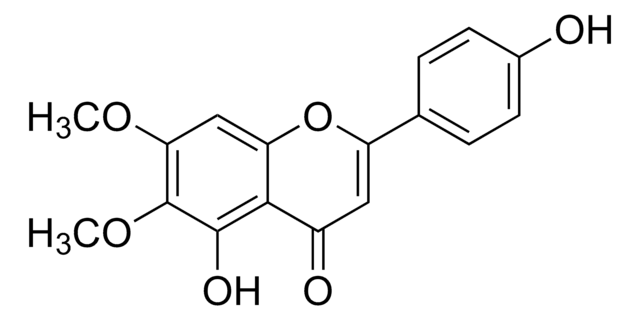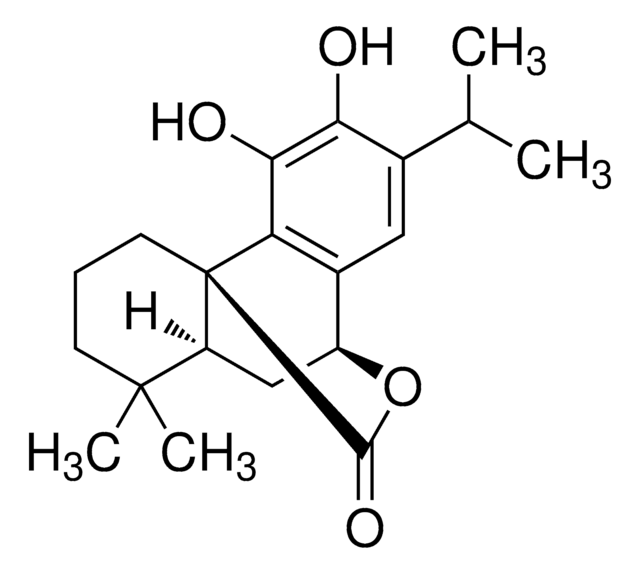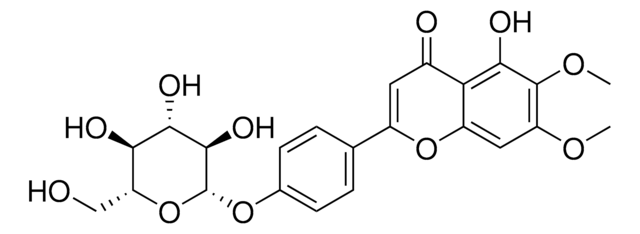SMB00178
Rhododendrol
≥95% (LC/MS-ELSD)
Synonym(e):
(R)-(-)-Rhododendrol, 4-Hydroxy-α-methyl-benzenepropanol, Betuligenol, Frambinol
About This Item
Empfohlene Produkte
Assay
≥95% (LC/MS-ELSD)
Form
solid
Anwendung(en)
metabolomics
vitamins, nutraceuticals, and natural products
Lagertemp.
−20°C
SMILES String
CC(O)CCc1ccc(O)cc1
InChI
1S/C10H14O2/c1-8(11)2-3-9-4-6-10(12)7-5-9/h4-8,11-12H,2-3H2,1H3
InChIKey
SFUCGABQOMYVJW-UHFFFAOYSA-N
Verwandte Kategorien
Allgemeine Beschreibung
Biochem./physiol. Wirkung
Signalwort
Warning
H-Sätze
Gefahreneinstufungen
Acute Tox. 4 Oral - Eye Irrit. 2
Lagerklassenschlüssel
11 - Combustible Solids
WGK
WGK 3
Flammpunkt (°F)
Not applicable
Flammpunkt (°C)
Not applicable
Analysenzertifikate (COA)
Suchen Sie nach Analysenzertifikate (COA), indem Sie die Lot-/Chargennummer des Produkts eingeben. Lot- und Chargennummern sind auf dem Produktetikett hinter den Wörtern ‘Lot’ oder ‘Batch’ (Lot oder Charge) zu finden.
Besitzen Sie dieses Produkt bereits?
In der Dokumentenbibliothek finden Sie die Dokumentation zu den Produkten, die Sie kürzlich erworben haben.
Unser Team von Wissenschaftlern verfügt über Erfahrung in allen Forschungsbereichen einschließlich Life Science, Materialwissenschaften, chemischer Synthese, Chromatographie, Analytik und vielen mehr..
Setzen Sie sich mit dem technischen Dienst in Verbindung.








